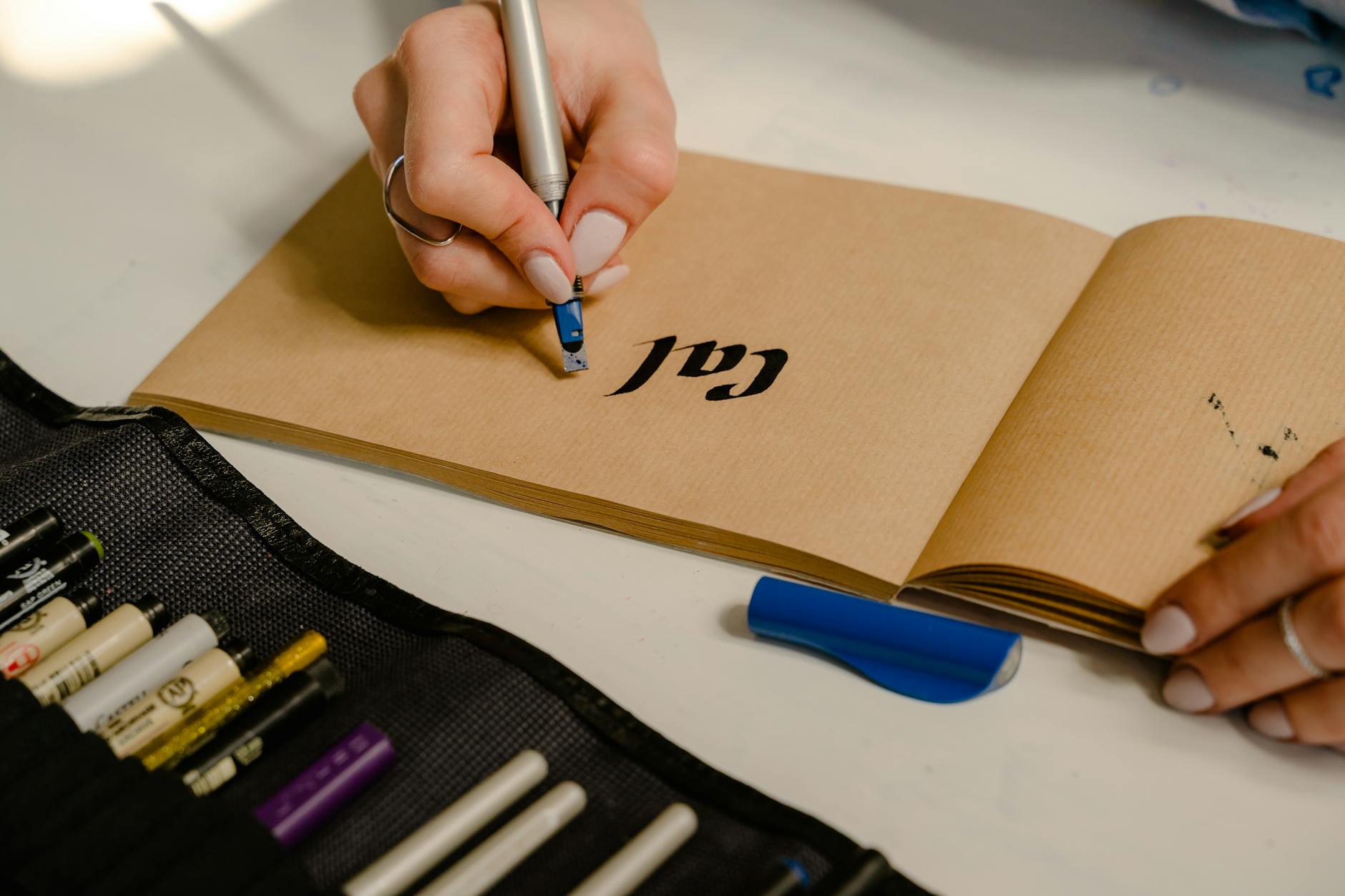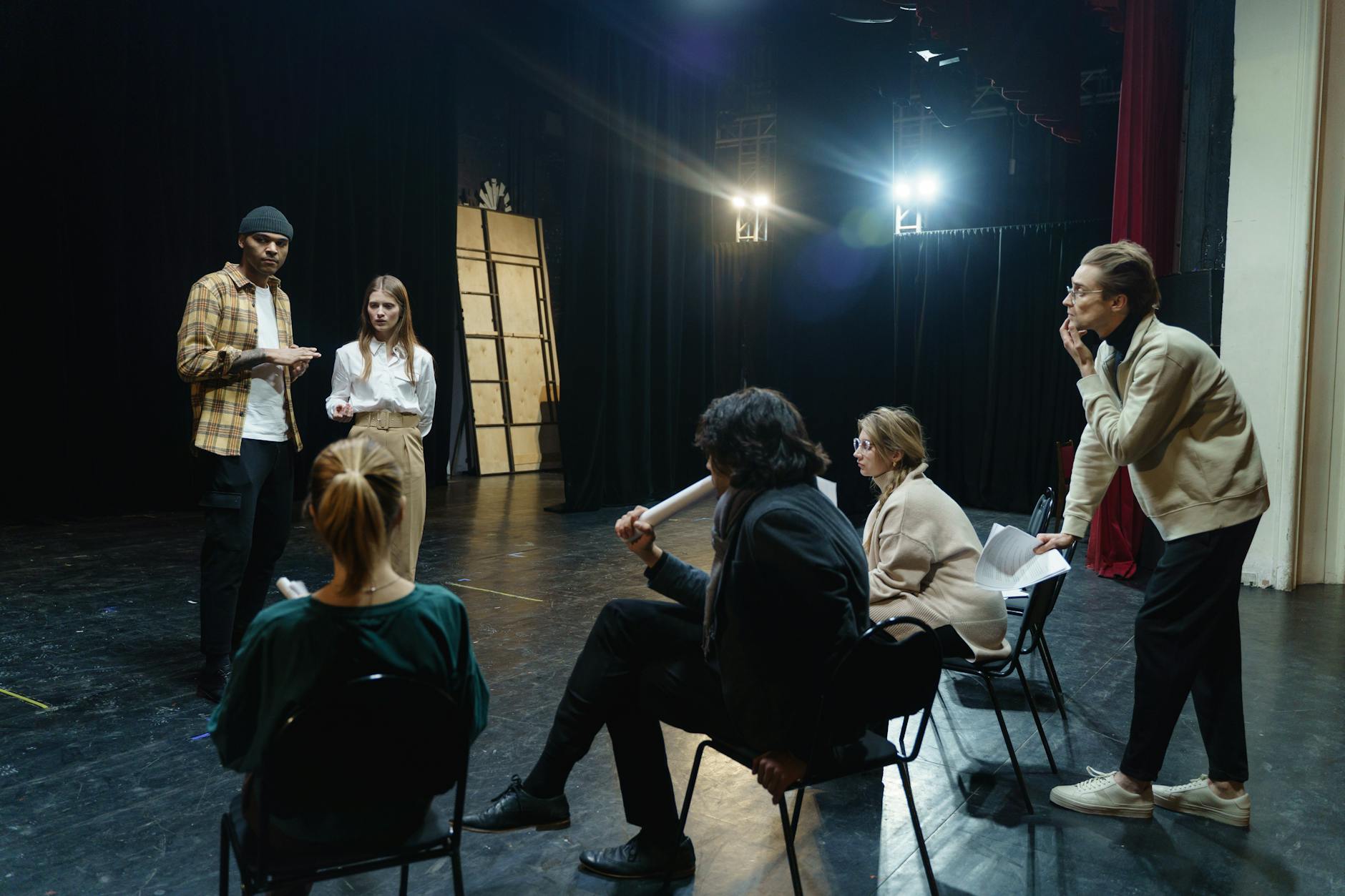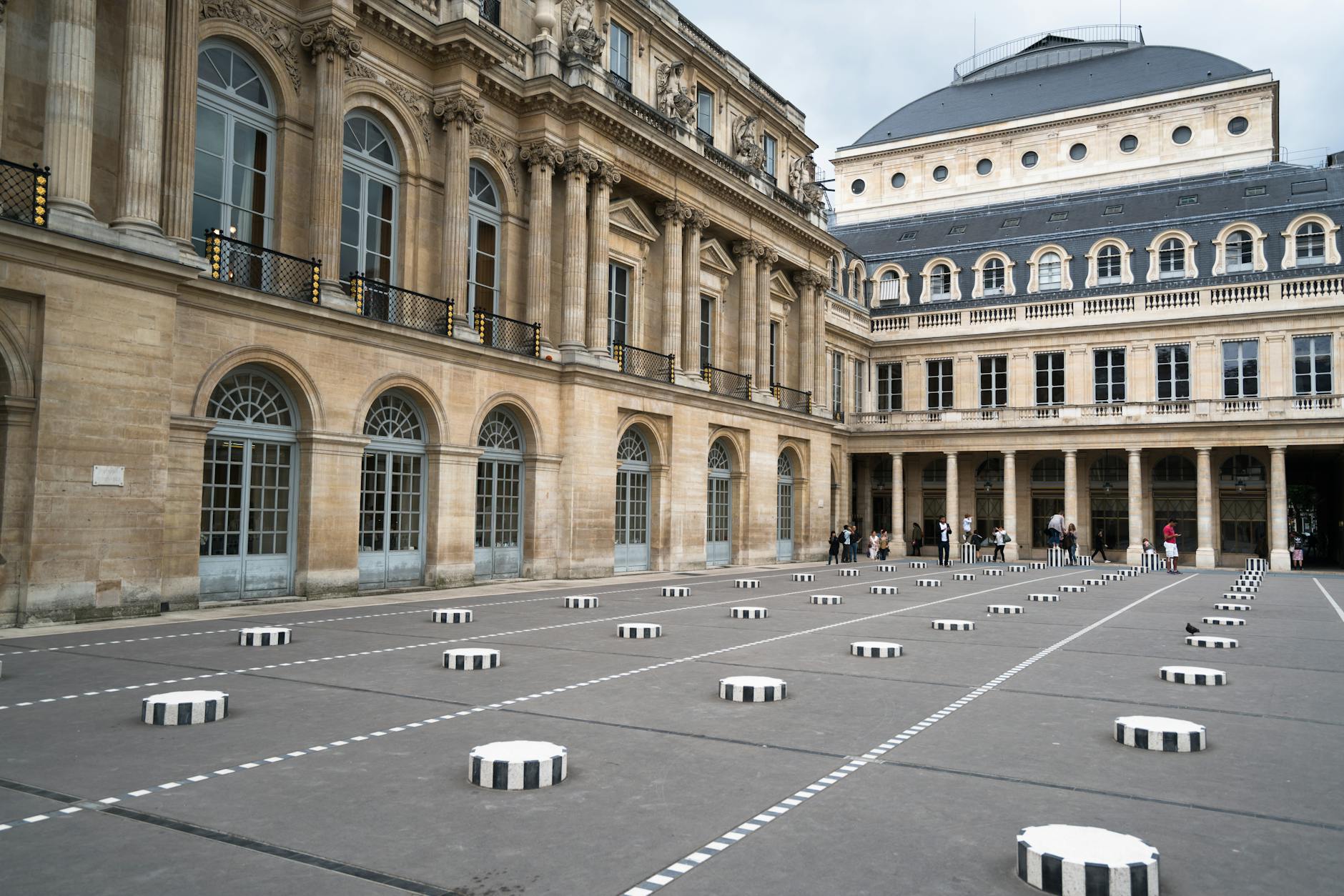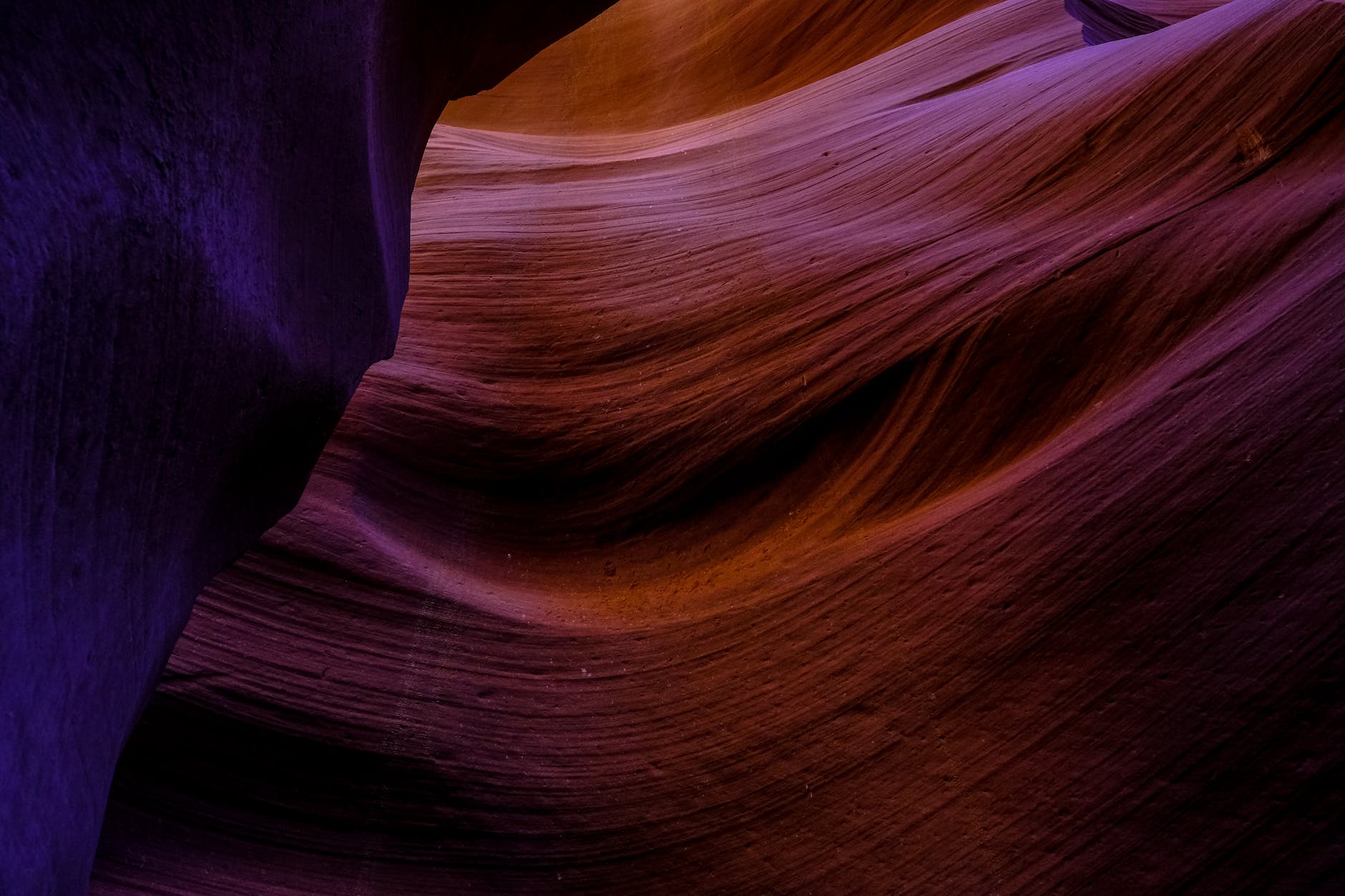The 1960s and 1970s ushered in a wave of cultural revolution worldwide, challenging our perception of society, fashion, music, and art. Amongst these areas, the impact of psychedelia was strongly felt in the world of visual art, giving birth to the psychedelic art movement. This unique artistic genre was heavily influenced by mind-altering substances, inspirational visions, and hallucinatory experiences that expanded the sphere of artistic creativity and expression.
Psychedelic art’s characteristic elements include nonrealistic, surreal imagery, vibrant colors, complex details, and repetitious patterns that appear to ‘move’ or ‘breathe.’ These characteristics are often the result of the psychedelic substances such as LSD, psilocybin mushrooms, and cannabis used by artists to achieve altered states of consciousness. These provide a uniquely transformational form of artistic inspiration and can facilitate the creation of visually stunning and conceptually radical artwork.
M.C. Escher, a graphic artist known for his mathematically inspired art, can be related to this movement, although his connection to mind-altering substances remains speculative. Escher’s work possesses elements including impossible objects, explorations of infinity, and mind-bending architectural structures, which are often associated with the hallucinatory experiences induced by psychedelics.
Surrealism, an art and literary movement born in the early 20th century, also shares a strong bond with the psychedelic art genre. Surrealism found inspiration in the unexplored terrains of the subconscious mind, dreams, and Freudian psychological theories. Both surrealism and psychedelic art delve deep into the human psyche, often depicting otherworldly, dreamlike landscapes and scenarios that challenge the perceived boundaries of reality.
Many visionary artists use substances like DMT or ayahuasca to explore the spiritual dimensions of human existence, tracing the roots of shamanic and tribal cultures that have used these substances for millennia. This spiritual exploration includes the depiction of celestial beings, divine entities, fractals of nature, and mystical landscapes, often in vivid detail and vibrant colors.
Artists such as Alex Grey and his wife, Allyson Grey, remain advocates for the use of psychedelics to boost creative expression. The Greys’ work is deeply rooted in experiences induced by hallucinogens, exploring matters of consciousness, divinity, and the interconnectedness of all things. They continue to inspire with their uniquely spiritual and enlightened take on the psychedelic visuals.
In the modern realm, digital platforms and technologies have given a new medium for these visionary artists. Psychedelic art is finding new expressions in the form of digital fractals, 3D renderings, and animations, providing unprecedented ways of visualization and immersion into these altered states of consciousness.
The influence of psychedelics on visual art cannot be understated. They have opened horizons for creative minds to visually express their deep psychological explorations, fusing science, spirituality, and art into one. This style continues to be celebrated today and lives on in many modern street art forms, clothing, concerts, and festivals.
Regardless of whether one supports the use of these substances or not, it’s impossible to deny that their influence significantly transformed and continues to inform the visual arts. As we progress into a future where there is a growing movement towards the decriminalization and therapeutic use of psychedelics, their impact on the creative world is likely to continue evolving.








